Rainer Werner Fassbinder | 1hr 53min

The image of post-war Germany that Rainer Werner Fassbinder composes in Lola is remarkably distinct from the 1905 novel that provided its source material, and yet the tragic romance at its centre nevertheless carries across the twentieth century as a timeless fable of sacrifice and degraded honour. For the original author Heinrich Mann, schoolteacher Raat is an authoritarian figure falling to the liberal values of cabaret singer Lola Lola, rigidly abiding by conservative beliefs that are more likely to break before they bend. Josef von Sternberg remained largely faithful in his 1930 adaptation The Blue Angel too, even as he shifted the time frame forward 20 years to the Weimar Republic. Within his 1981 reinvention of the modern fable though, Fassbinder shows no interest in such black-and-white morality, grinding the steadfast integrity of our righteous protagonist down to a weary resignation through a slew of moral ordeals.
Can the prosperous reconstruction of West Germany in the 1950s justify the corrupt dealings making it possible? Is noble building commissioner Herr von Bohm right to stand in the way of those crooked bureaucrats if their long-term goals are effectively aligned with his? At what point should one place their personal desire for love and security over their code of honour, and is such a sacrifice truly worth it? As complications arise within this tangled web of politics, Bohm and his sweetheart Marie-Luise find that they all come down to a single, inevitable decision – to remain loyal to one’s convictions and lose everything, or to submissively fall in line with the status quo.

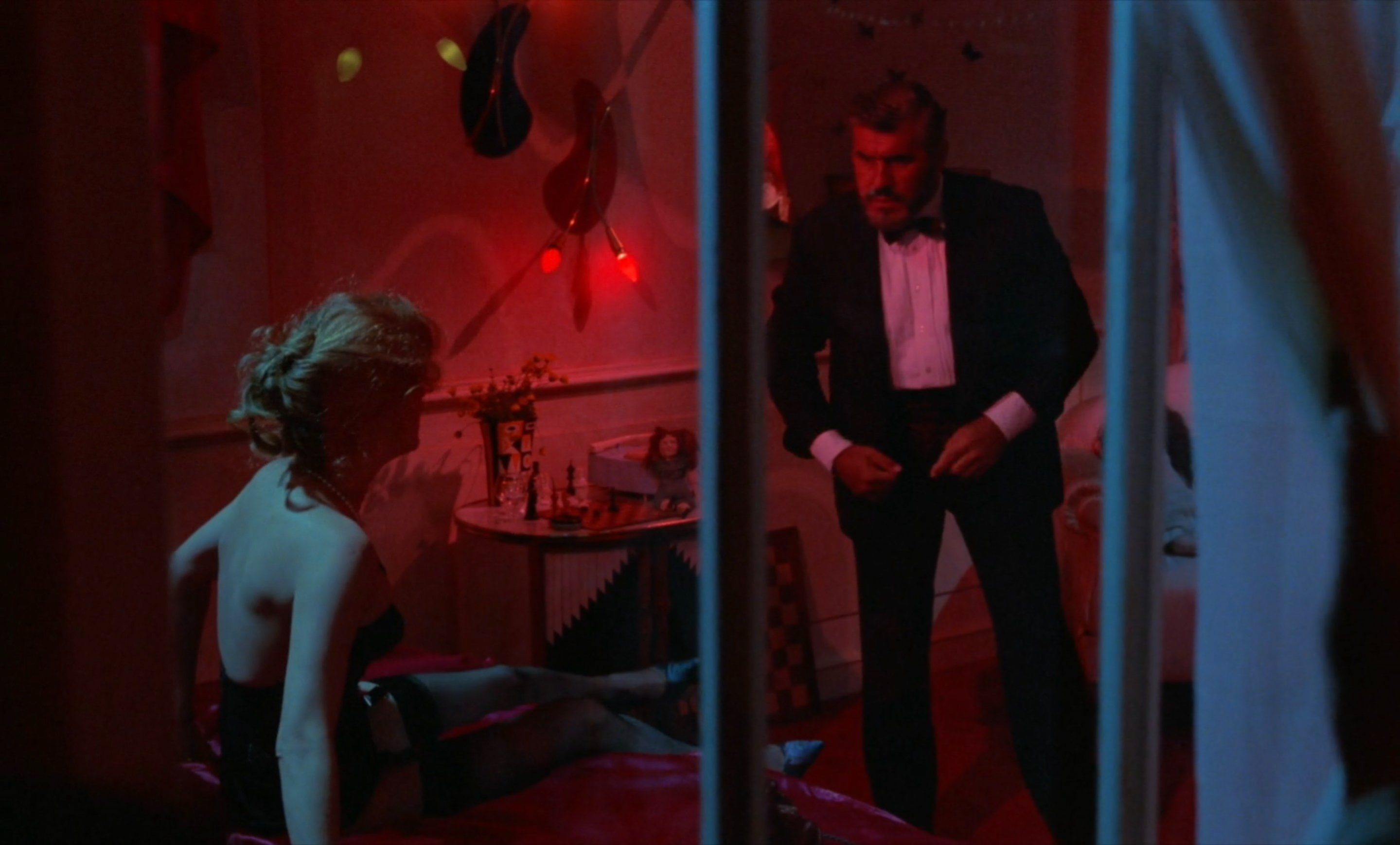
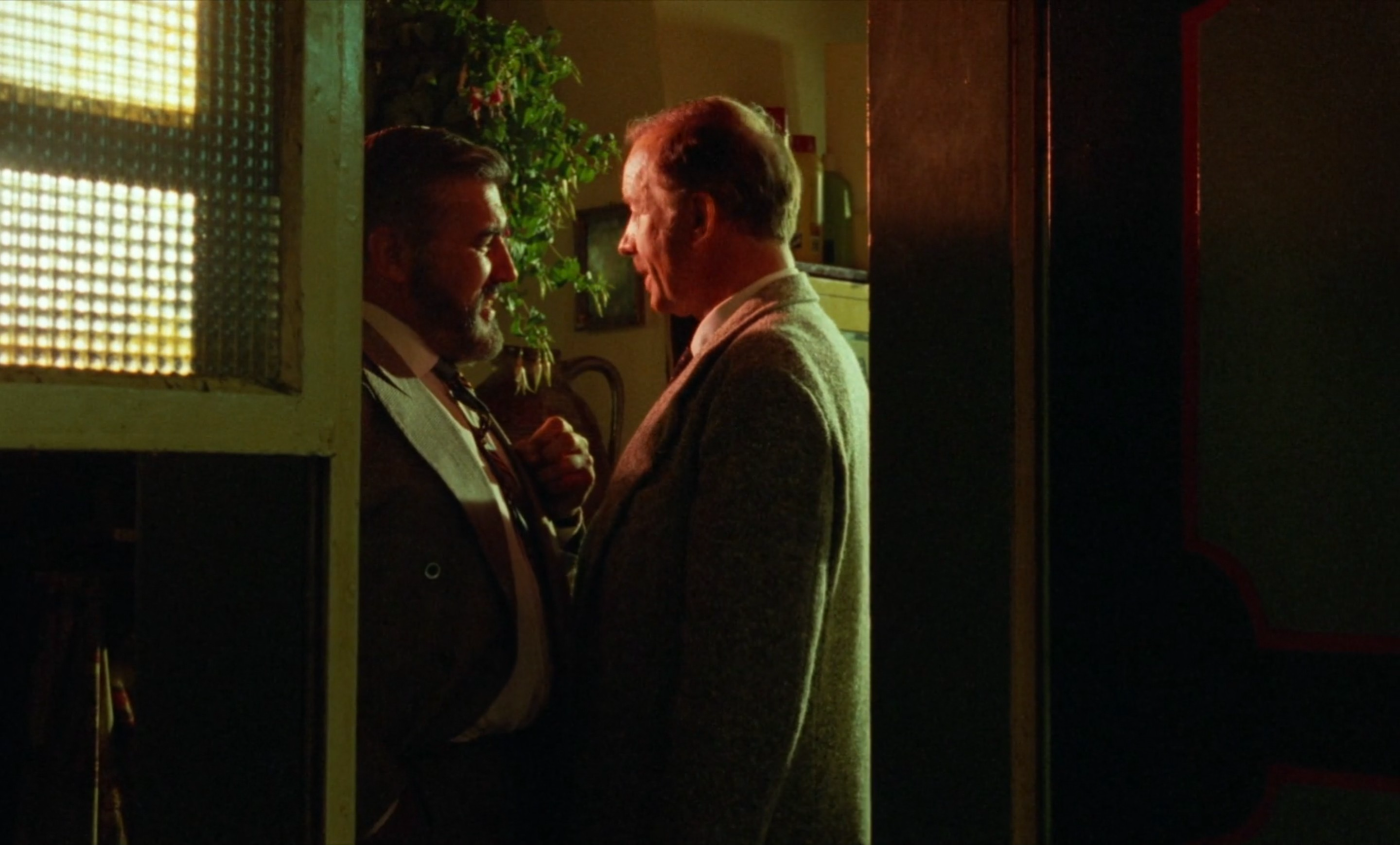
For as long as Bohm remains ignorant to the truth of Marie-Luise’s secret identity as Lola, a high-end escort, nightclub performer, and mother to the child of corrupt property developer Schuckert, the choice is easy. Being a refugee from East Prussia and a grieving widower, he has proven his spirit’s endurance, and through Marie-Luise he can see a path to rebuilding his own life. On her end, Bohm’s sincerity and optimism is incredibly refreshing, and sets him apart from the deceitful, self-serving creatures she has known all other men to be. Like her, he works in a profession that can all too easily erode one’s faith in humanity, and yet his honour has remained intact. As a result, Bohm becomes a beacon of hope to Marie-Luise, as long as she can hide her shame long enough to shed it altogether.
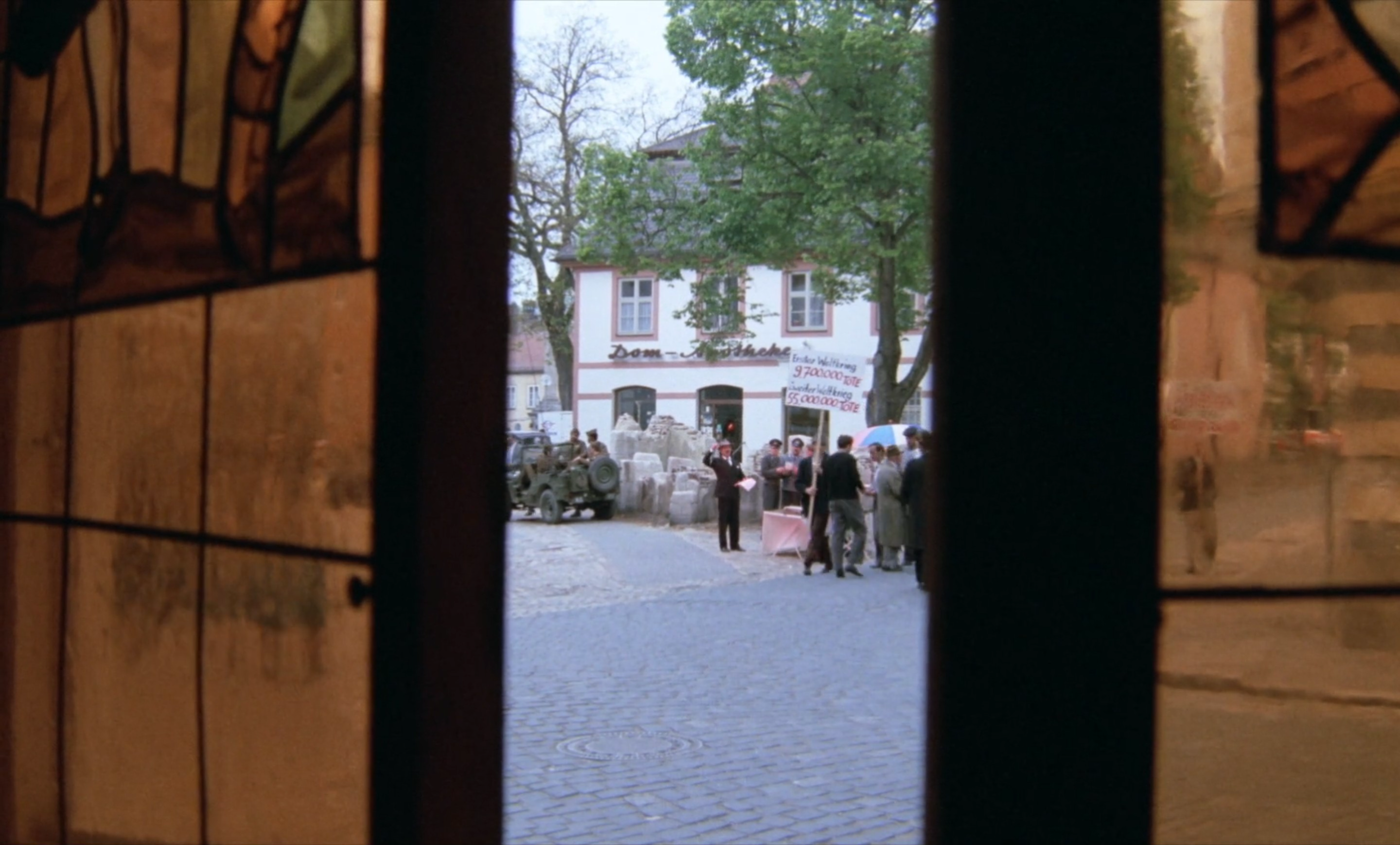
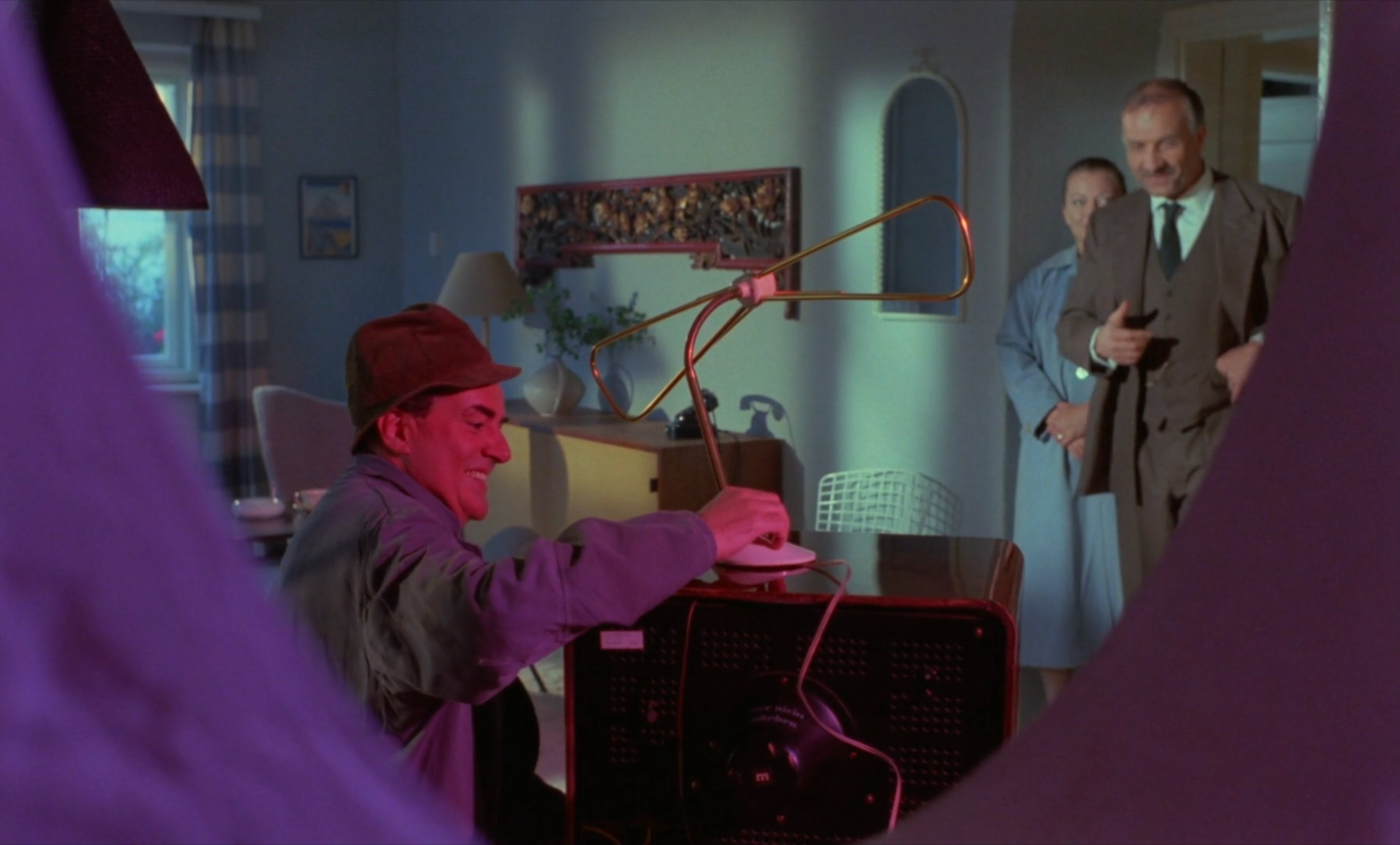
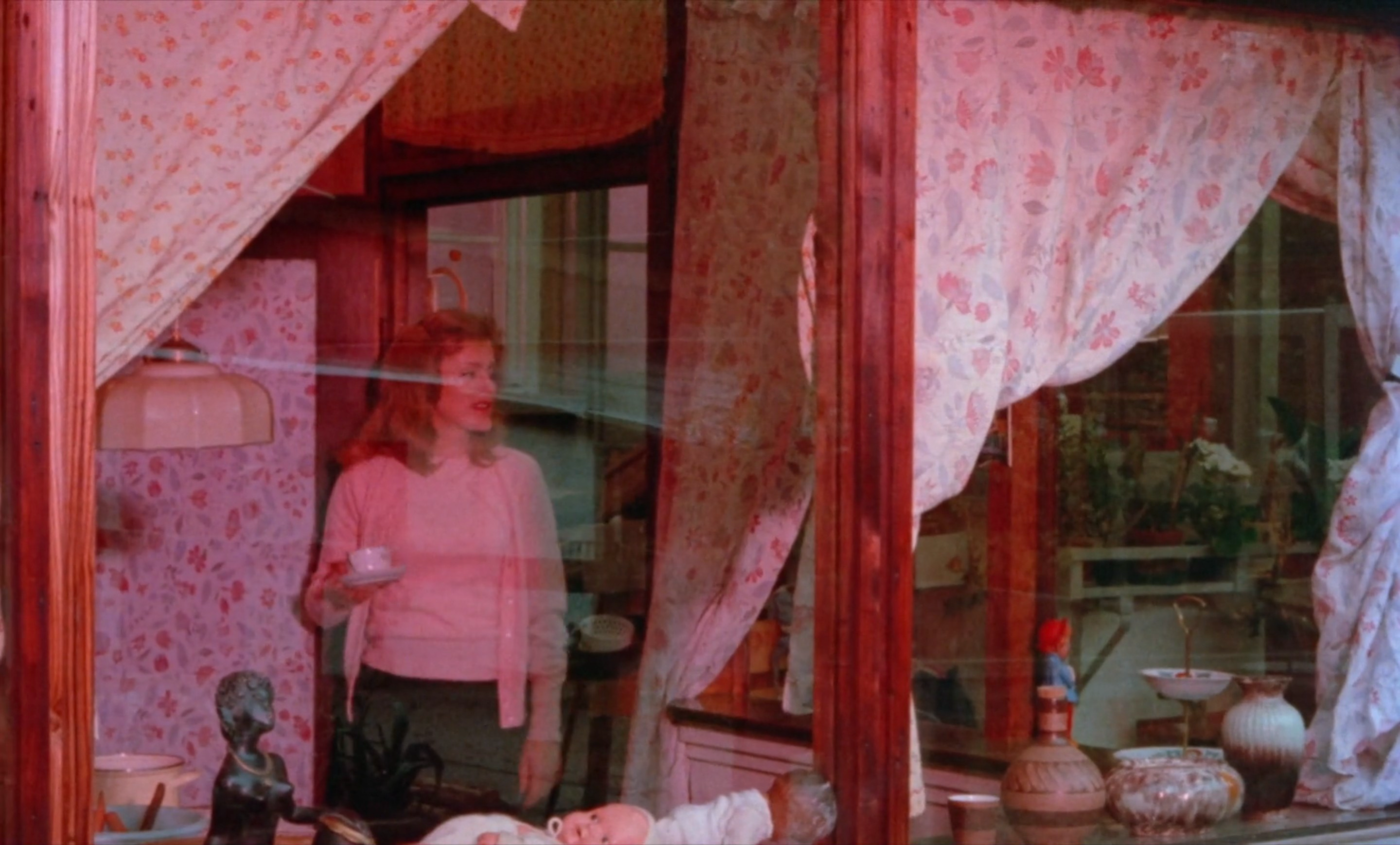
Under Fassbinder’s vibrant direction, the sleazy exploitation that infects Lola’s post-war setting does little to dampen the incredible joys and tragedies of this central relationship, spilling out into a colourfully heightened world. No doubt there is an element of realism to the exterior streets and rundown brothels of this city, but the candy neon lighting that Fassbinder sheds over his scenes belong in the world of elevated sentimentality, composing images of astonishing beauty. There is no diegetic reasoning behind the green illumination of the room that sits behind Bohm’s office, and yet it visually sets his domain apart from the orange, red, and pink lights of the nightclub where Lola performs and Schuckert conducts his business dealings.
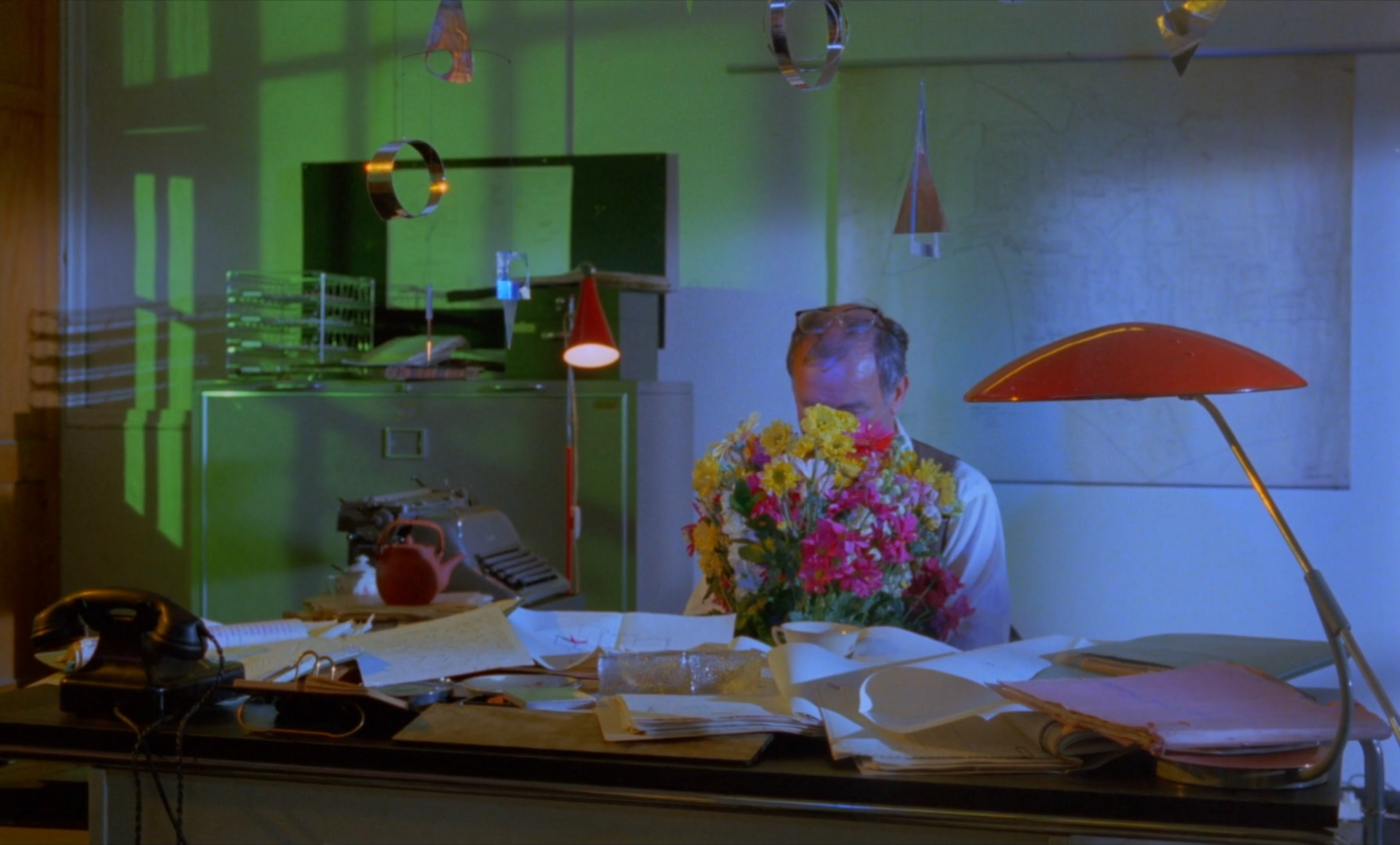
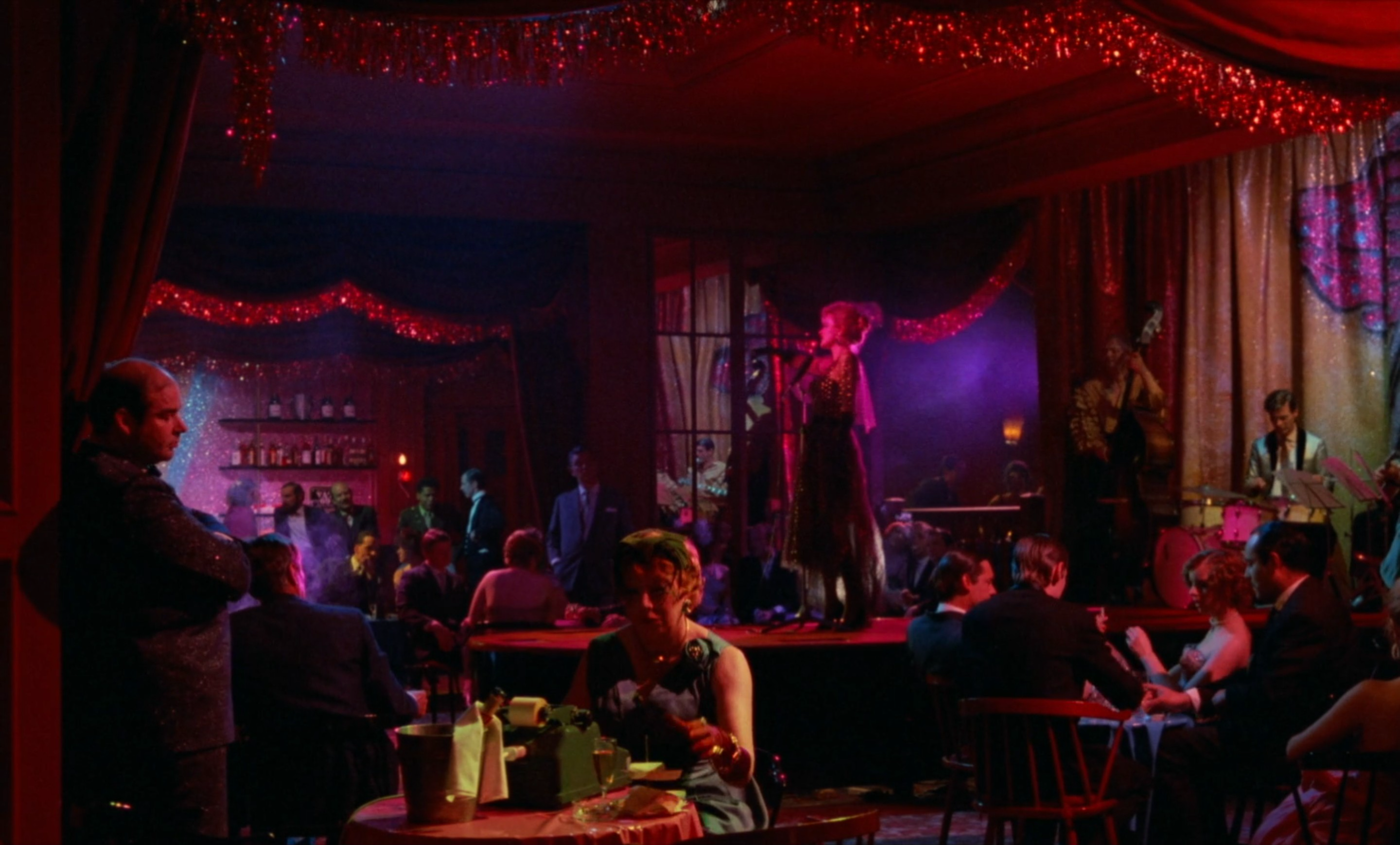
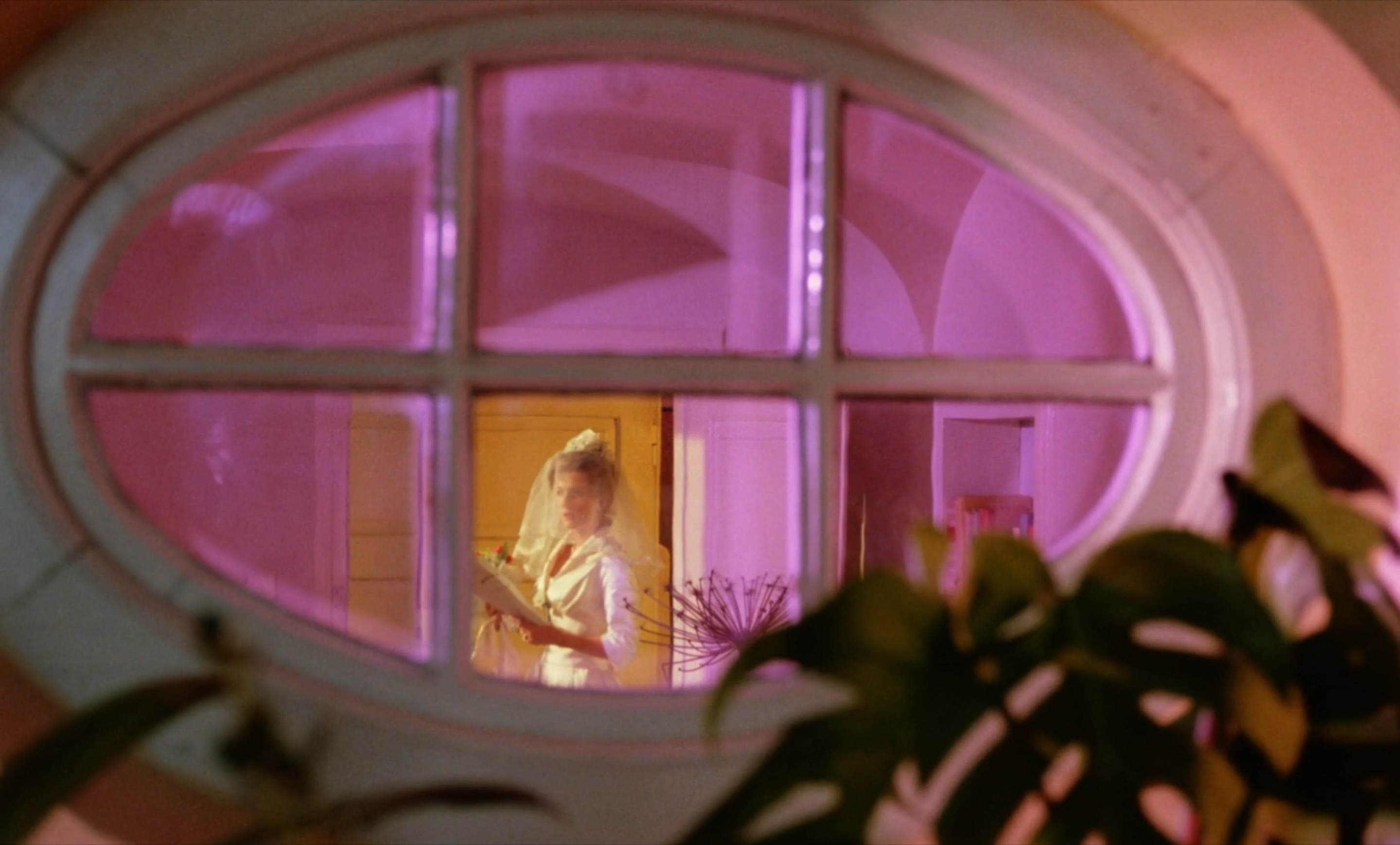
Where Dario Argento used similarly fluorescent lighting to craft a vibrant, expressionistic horror in Suspiria, Fassbinder melds them with the delicate romanticism of Douglas Sirk’s melodramas in Lola, framing his characters within the drastically narrowed borders of doorways, mirrors, and windows. Coloured lights bounce off glass panes, behind which Bohm and Marie-Luise frequently find themselves visually trapped, though Fassbinder doesn’t stop there either with his brilliant shot obstructions. The interior mise-en-scène of each set is designed with inventive precision, using the legs of upside-down bar stools to split the frame into triangular segments and isolate Marie-Luise from the rest of the ensemble, while tinsel runs along the club’s glittery walls and ceilings. Fassbinder’s staging of actors is incredibly evocative in these moments too, sending Marie-Luise dancing on top of a table as she dances wildly at her lowest point, while Bohm sinks to his knees in a mess of papers back at his office having learned of her second identity as Lola.
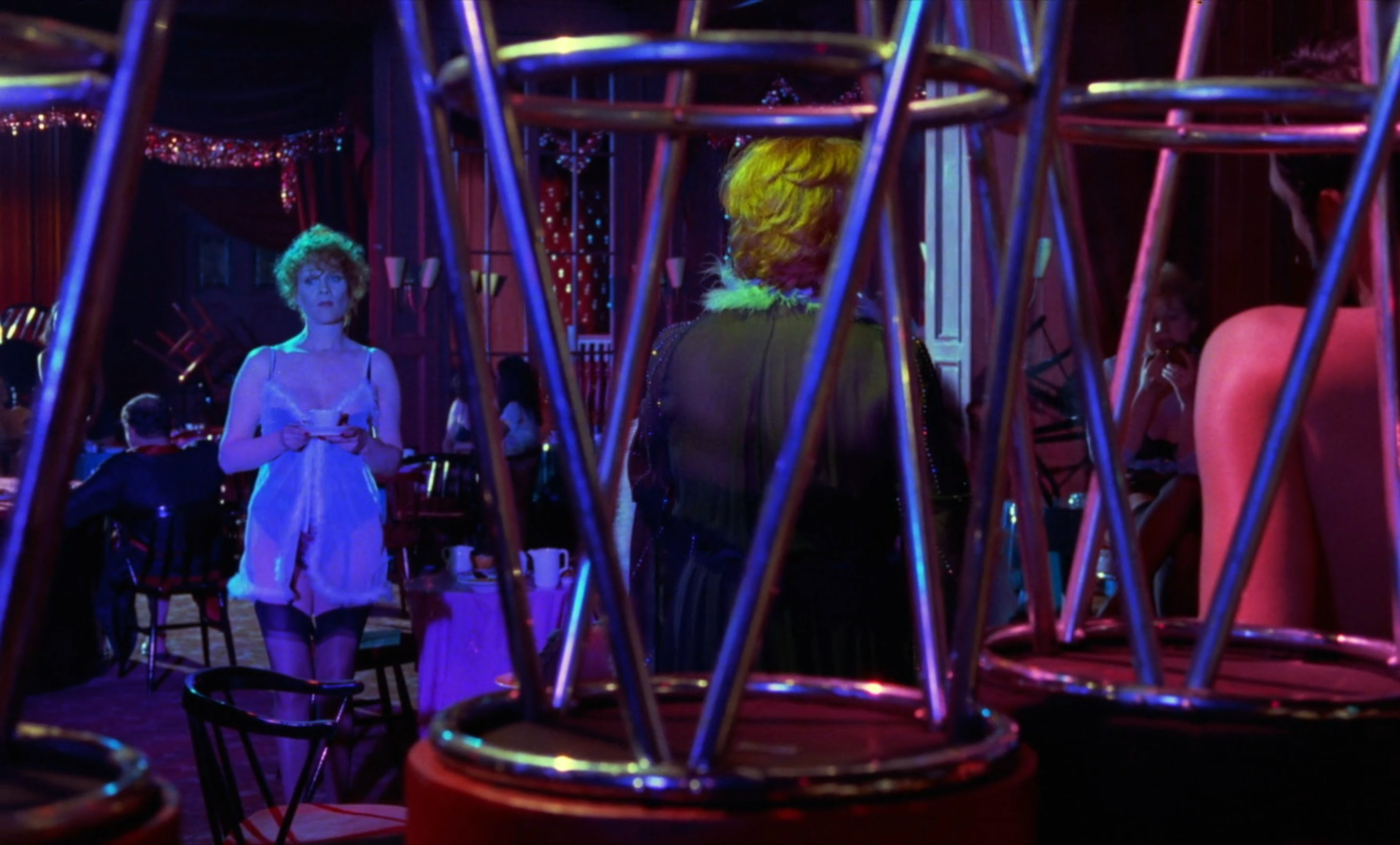
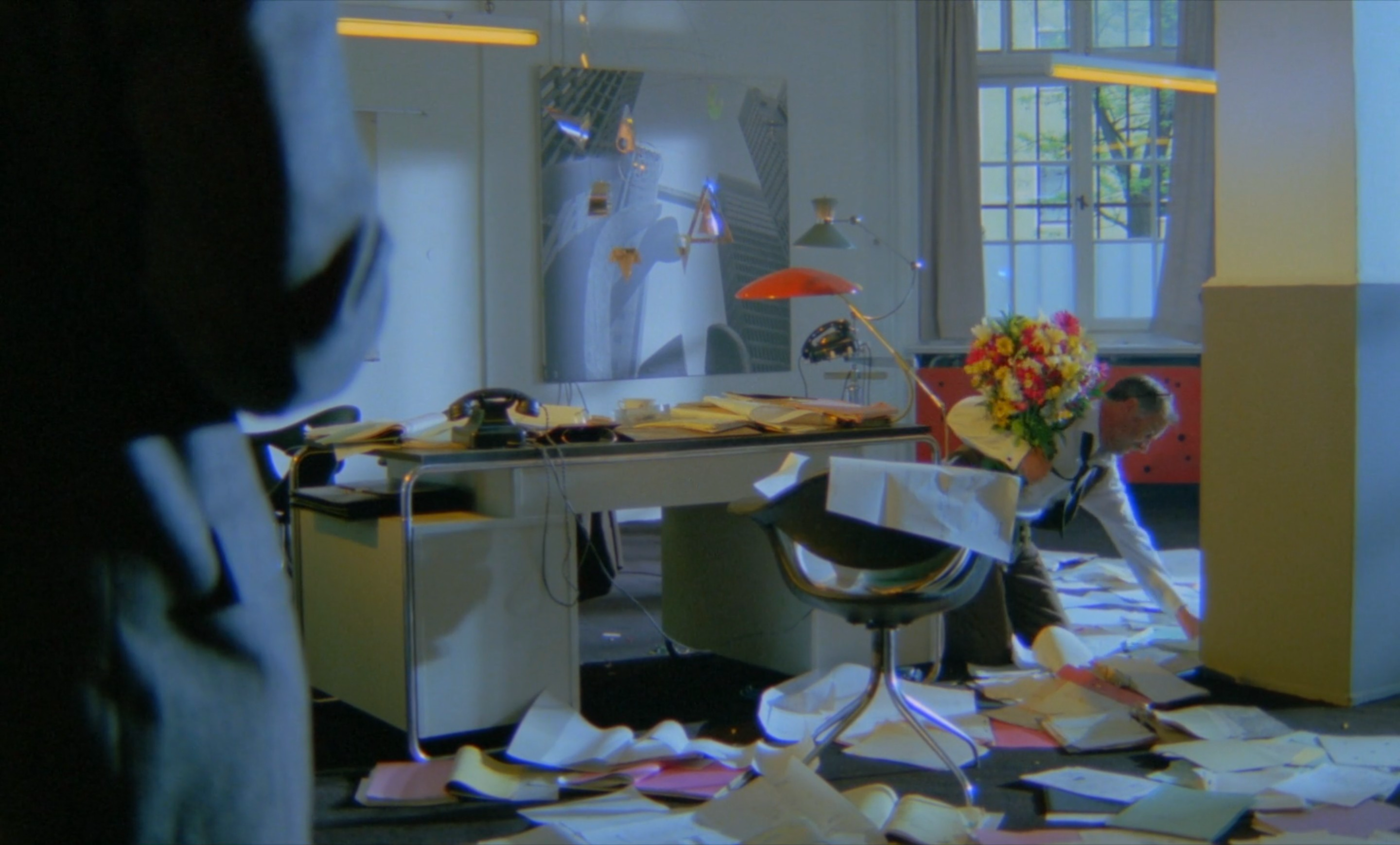
In two significant scenes where there is conversely little movement from the actors, Fassbinder compensates by dynamically circling his camera around the table where bureaucrats discuss new construction projects. In the first instance, the meeting runs smoothly, but with Schuckert and Marie-Luise’s secrets revealed to Bohm just prior to the second, a new tension hangs in the air. Our virtuous building commissioner is on a self-destructive path of righteous judgement, declaring war on Schuckert and his cronies by withdrawing the project proposal and approaching journalists with news of their dishonest exploitation. “The whole is rotten, not just parts, so the whole must be tackled,” he furiously resolves. “How could I make peace with a world that makes me sick?”
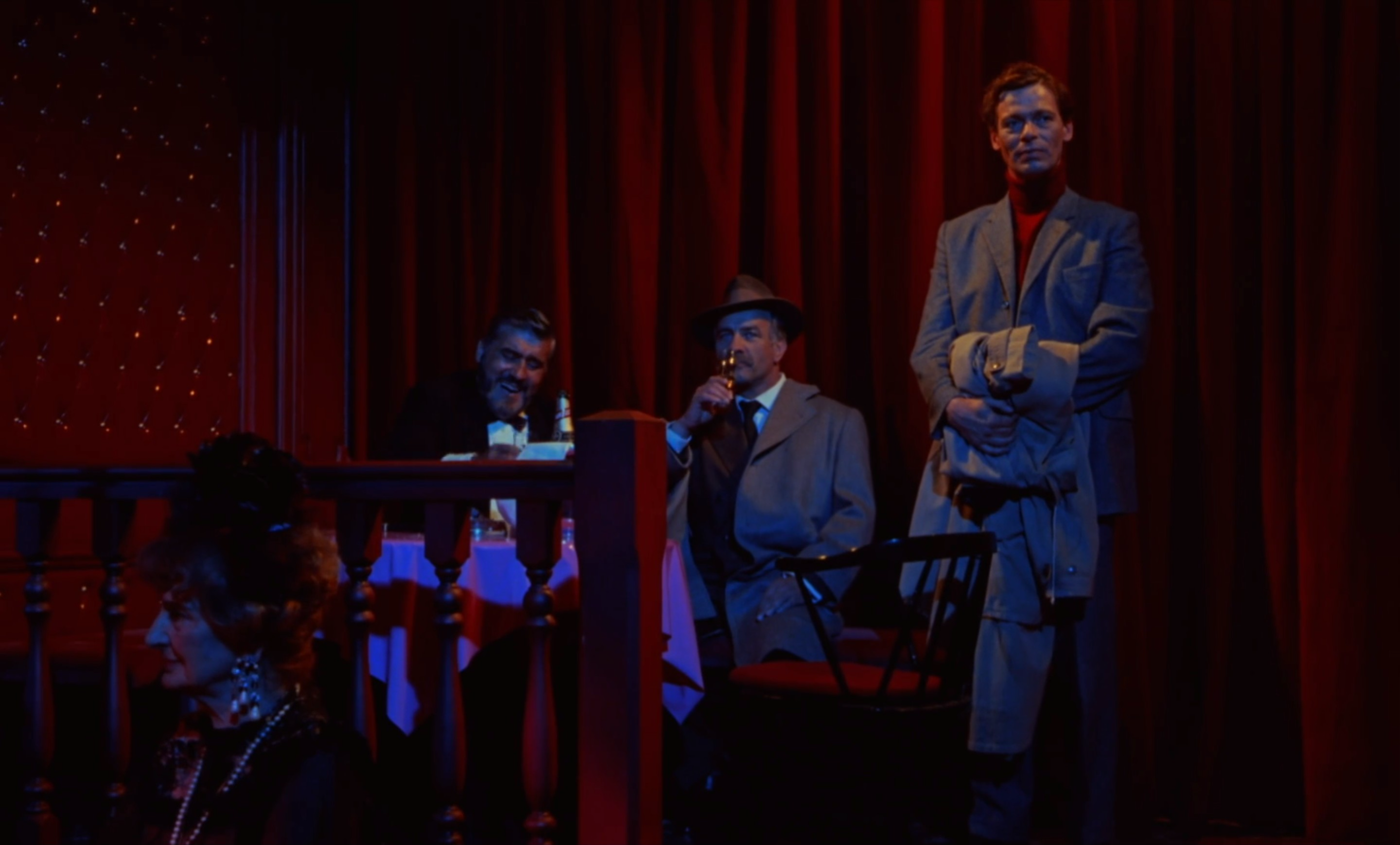
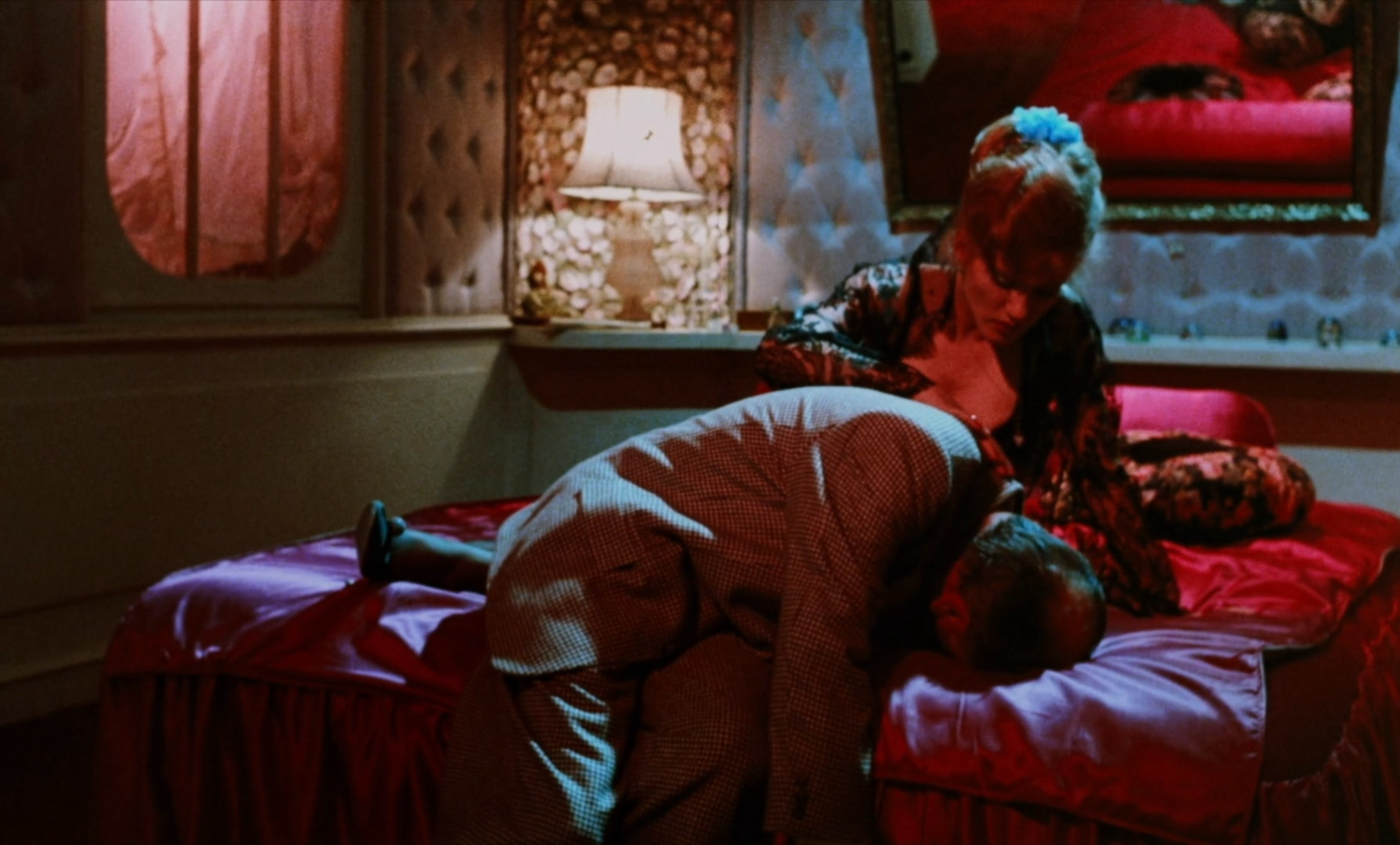
The answer to Bohm’s question comes through two bitter realisations. Not only does the media’s equal corruption make any prospect of justice impossible, but when he is at his most despairing, Schuckert makes him one final offer to at least live comfortably within this dishonest system. Marie-Luise is his prize, released from the constraints of her employment and free to marry him if only he falls in line. If Bohm is aware that Schuckert is still bedding his wife, then that knowledge has been deeply repressed for the sake of his new, comfortable life of dishonesty. This is the culture that West Germany’s future is to be built on in the wake of World War II, and it is scarily similar to the nation’s recent past of totalitarian conformity – it has just softened its harsh edges with bribery instead of threats. In the colourfully modern world of Fassbinder’s Lola, tragedy does not end with death or heartbreak, but with a poignant, quiet resignation to the loss of one’s moral character.
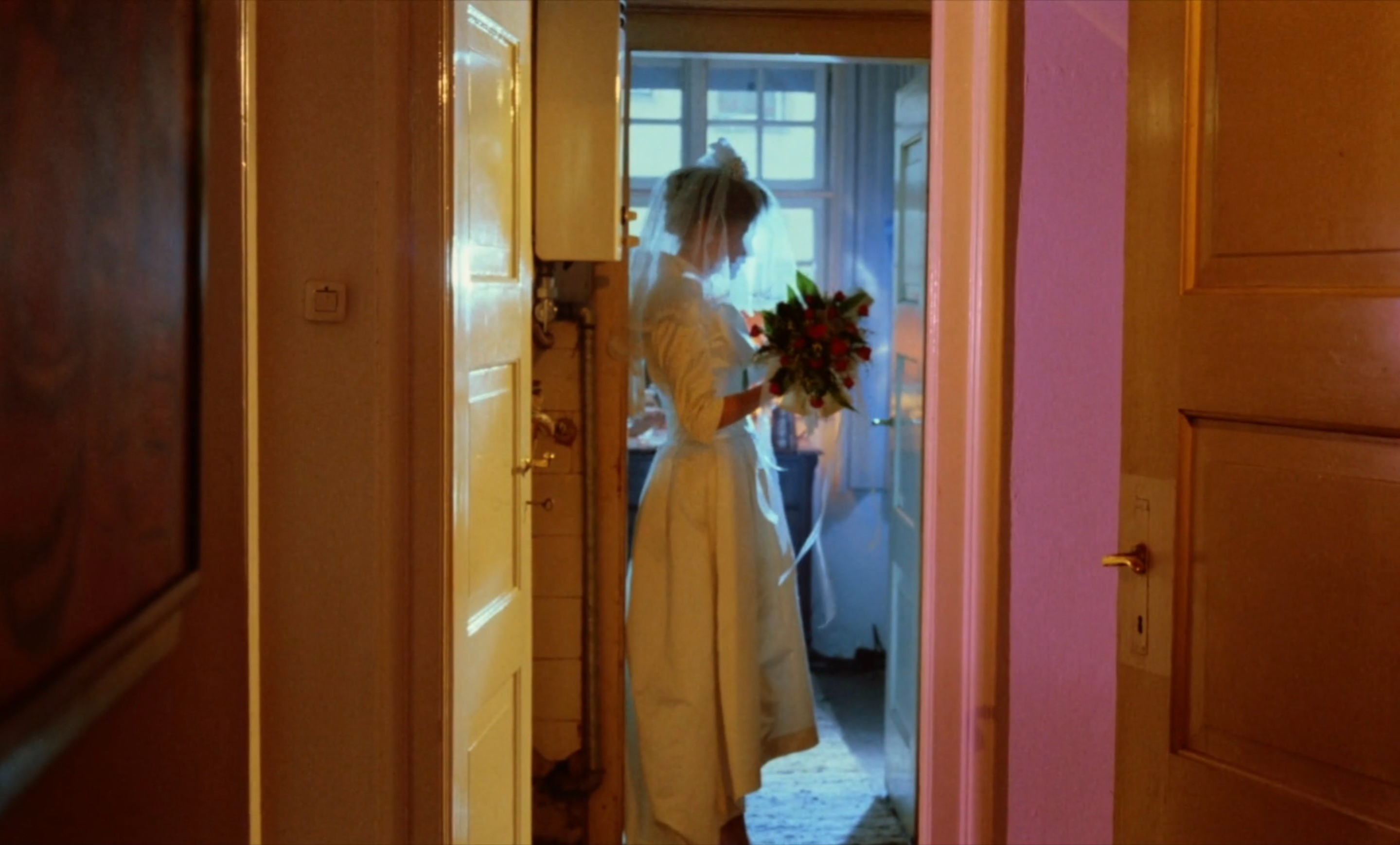
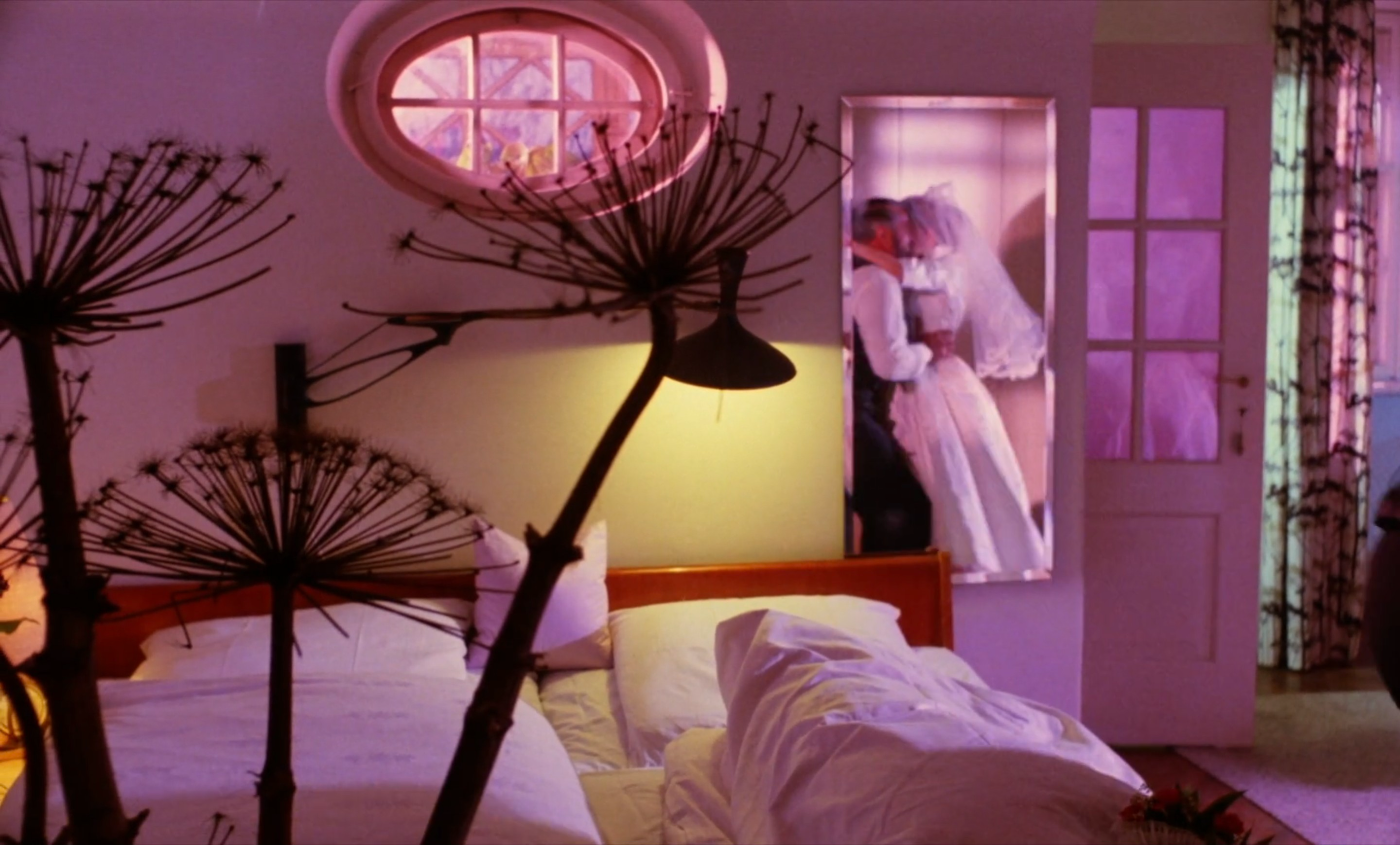
Lola is currently streaming on The Criterion Channel, and the Blu-ray is available to purchase on Amazon.

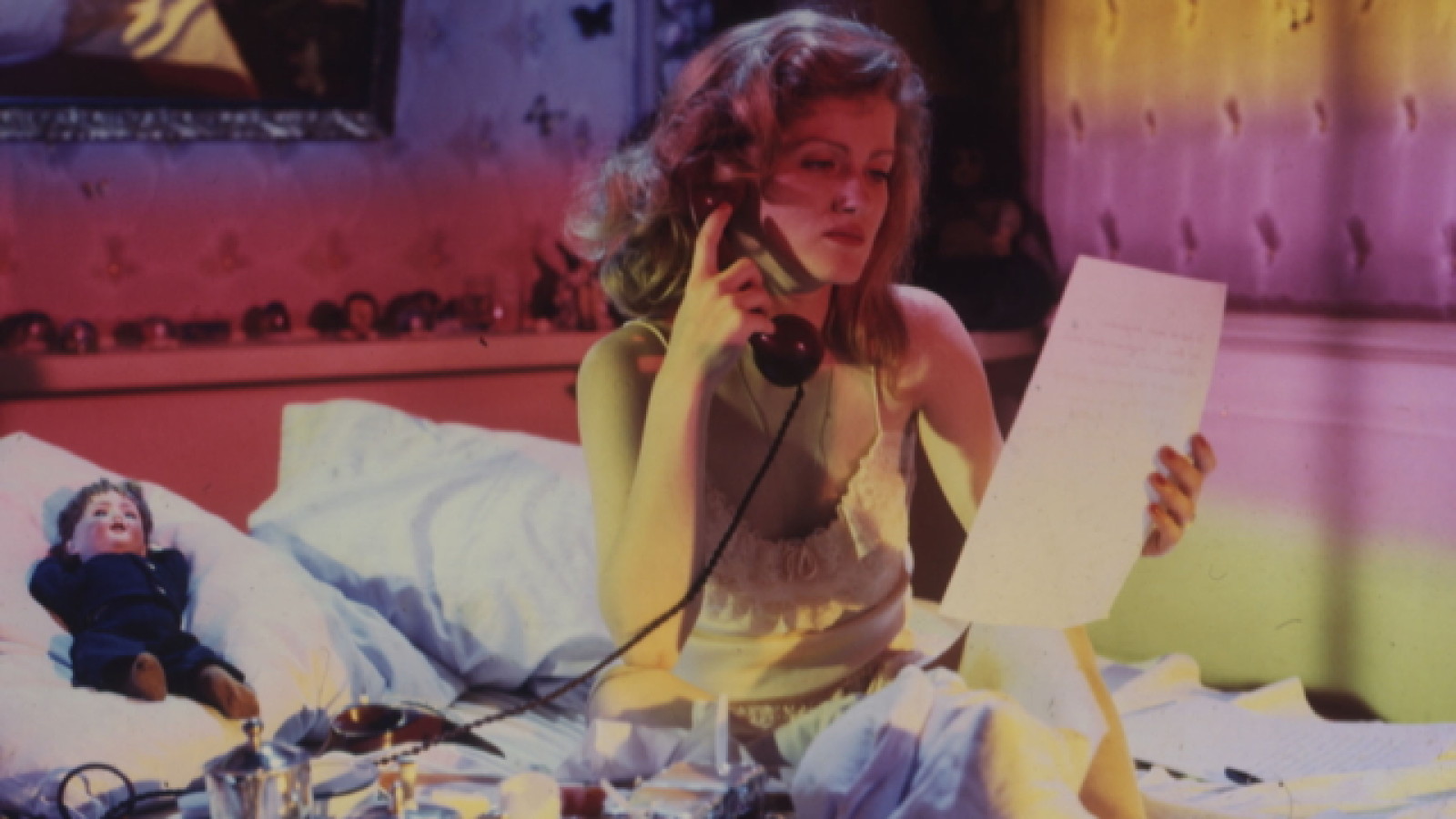
Can Isabelle Huppert play Lola here?
I wouldn’t mind seeing that version of the film.
Pingback: An Inexhaustive Catalogue of Auteur Trilogies – Scene by Green